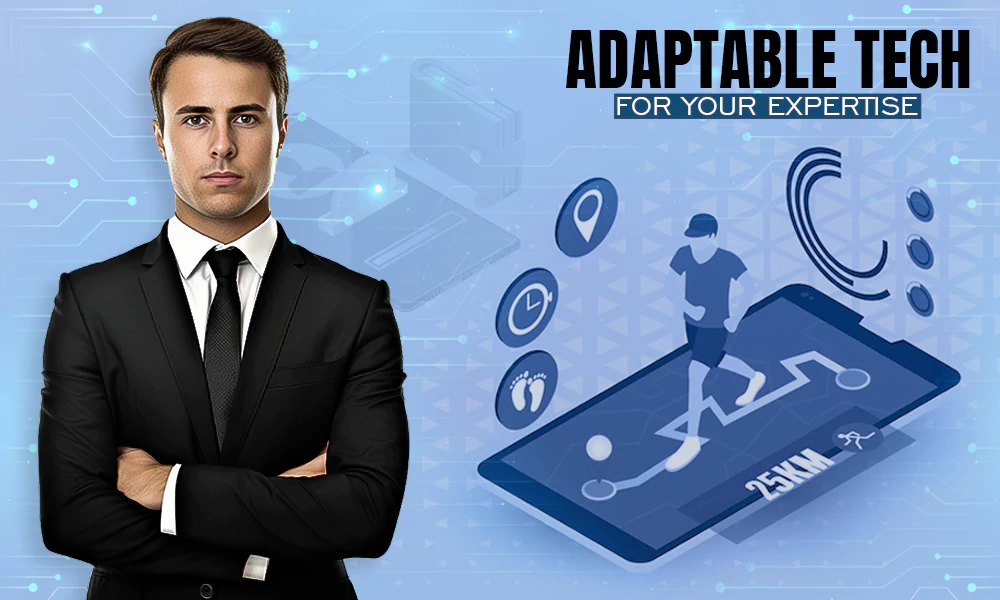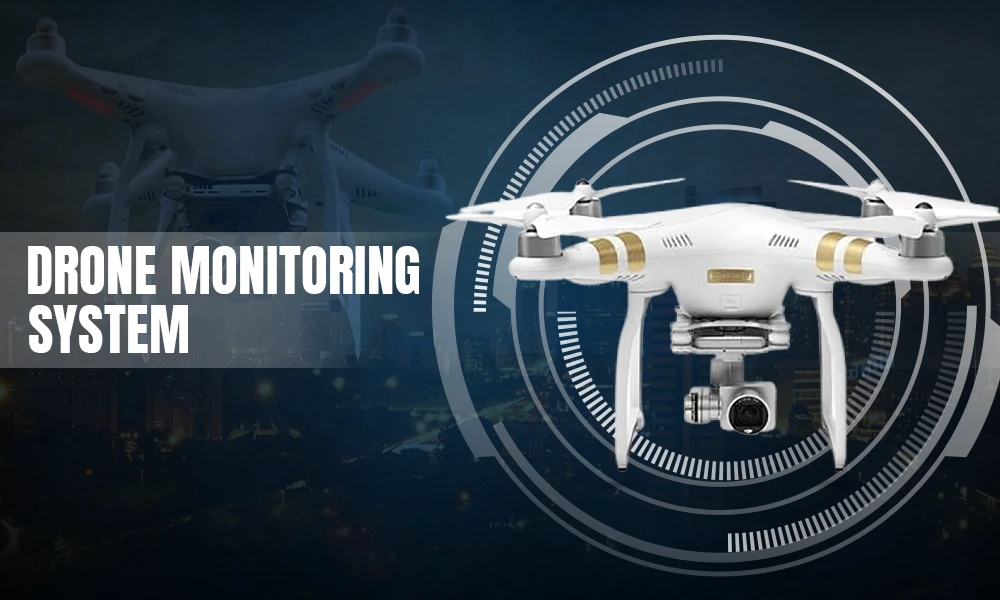What Changes Can You Expect in Healthcare Industry with 5G Telecom Solutions

5G is expected to bring many changes in the healthcare sector. The new technology will support internet-based services such as remote healthcare, telemedicine, and telemonitoring, which can help patients monitor their health conditions.
So it is clear that 5G will be one of the essential steps towards digitization in healthcare. 5G will facilitate sharing a large amount of data, including X-ray imaging, images, and videos in the healthcare industry. It is also expected to be incorporated into healthcare consulting, which will make a difference in how patients are treated.
Here are changes you can expect in the medical industry with 5G technology:
Integration of Internet-Connected Devices in Hospitals
The Internet of Things (IoT) is expected to connect several medical pieces of equipment such as infusion pumps, patient monitors, and wearable devices.
It will allow information sharing between different devices. In addition, it will help doctors to monitor the patient’s health continuously. Also, it will give doctors a chance to control these devices from anywhere in the world.
Reduction of Power Consumption
5G technology is expected to lower respiratory rates due to low latency and high-speed data transfer over wireless networks. It means that the power requirement for the transmission of 4G, 3G, and 2G data will be reduced to 5G.
Improvements in the Quality of Medical Images
The high-speed wireless technology will provide doctors with more options for sharing live image streaming between patients and health care professionals. Also, it will allow for ultrahigh definition (UHD) 4K video calling.
Currently, many hospitals have to use traditional copper wires to transmit high-definition images. So, this will reduce the cost and time in telemedicine.
Also Read: What Makes a Good Healthcare Website?
Higher Network Capacity
The new wireless technology will provide a data rate of 10 Gbps with peak rates of 20 Gbps. It means that more devices can be connected to the network at a time. In addition, these devices will fall back to lower data rates automatically when required.
In healthcare facilities, this will allow doctors to have multiple connections from different devices at a time. They can receive information such as X-ray images, videos, and other multimedia files.
It will allow for a better connection between emergency responders and doctors. So it will give patients access to high-quality healthcare consulting any time they need it.
More Efficient Usage of Spectrum
The wide range of frequencies from 600 MHz to 100 GHz available in 5G will enable better spectrum usage and result in a high capacity for wireless data transmission. Higher data transfer rates can be achieved within a fixed spectrum with 5G as opposed to 4G.
Lower Cost
The wide range of frequencies available in 5G will encourage millimeter waves for deploying wireless networks. So, this is expected to provide a low-cost solution for broadband access networks across the world. The healthcare industry is expected to utilize this by deploying cost-effective networks to offer broadband services.
Remote Health Monitoring
Remote health monitoring is an essential feature of 5G, which can monitor the elderly and people with chronic diseases. Patients would be able to monitor their own critical parameters from anywhere in the world.
It will help them remain independent instead of depending on family members or caregivers for primary care. In addition, it will allow family members to monitor the patients’ health conditions regularly.
Lifesaving
5G will provide a high data rate and low latency. Critical care monitoring services such as telemonitoring, ECG remote reading, and remote defibrillation can be made available for different people over the network. It will be helpful to save lives.
Improved Quality of Services
5G will provide better QoS by using the concept of network slicing. With this feature, operators will manage their networks in different modes based on user requirements. It means that an operator can offer various services with only one physical infrastructure. For example, a healthcare network can use slices for providing connectivity to a remote hospital and a broadband solution for a smart city’s network.
Integration with Internet of Things (IoT)
5G is expected to provide an effective solution for the IoT by offering low latency, high availability, and better throughput. All these requirements will be provided in one single wireless standard, which means that 5G networks will support IoT deployments.
For this, 5G will use the concept of network slicing and offer separate networks for various services and devices. The high-speed wireless technology will provide hospitals with ultrahigh definition (UHD) 4K video calling.
The flexible infrastructure available in 5G, which operators can use to create a single, versatile network that can support all services, will encourage healthcare organizations to deploy wireless networks. Incorporating 5G into this sector has multifold benefits, from the healthcare consulting to emergency response.
The prospects of 5G in the healthcare industry are up-and-coming as it provides high speed, low latency, and better throughput. It means patients will be able to access services with ease.
- Integration of Internet-Connected Devices in Hospitals
- Reduction of Power Consumption
- Improvements in the Quality of Medical Images
- Higher Network Capacity
- More Efficient Usage of Spectrum
- Lower Cost
- Remote Health Monitoring
- Lifesaving
- Improved Quality of Services
- Integration with Internet of Things (IoT)










